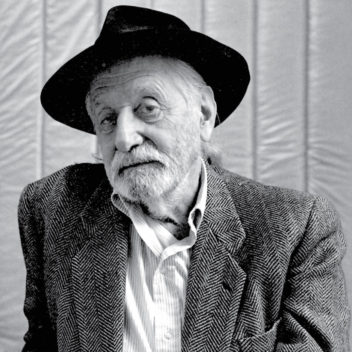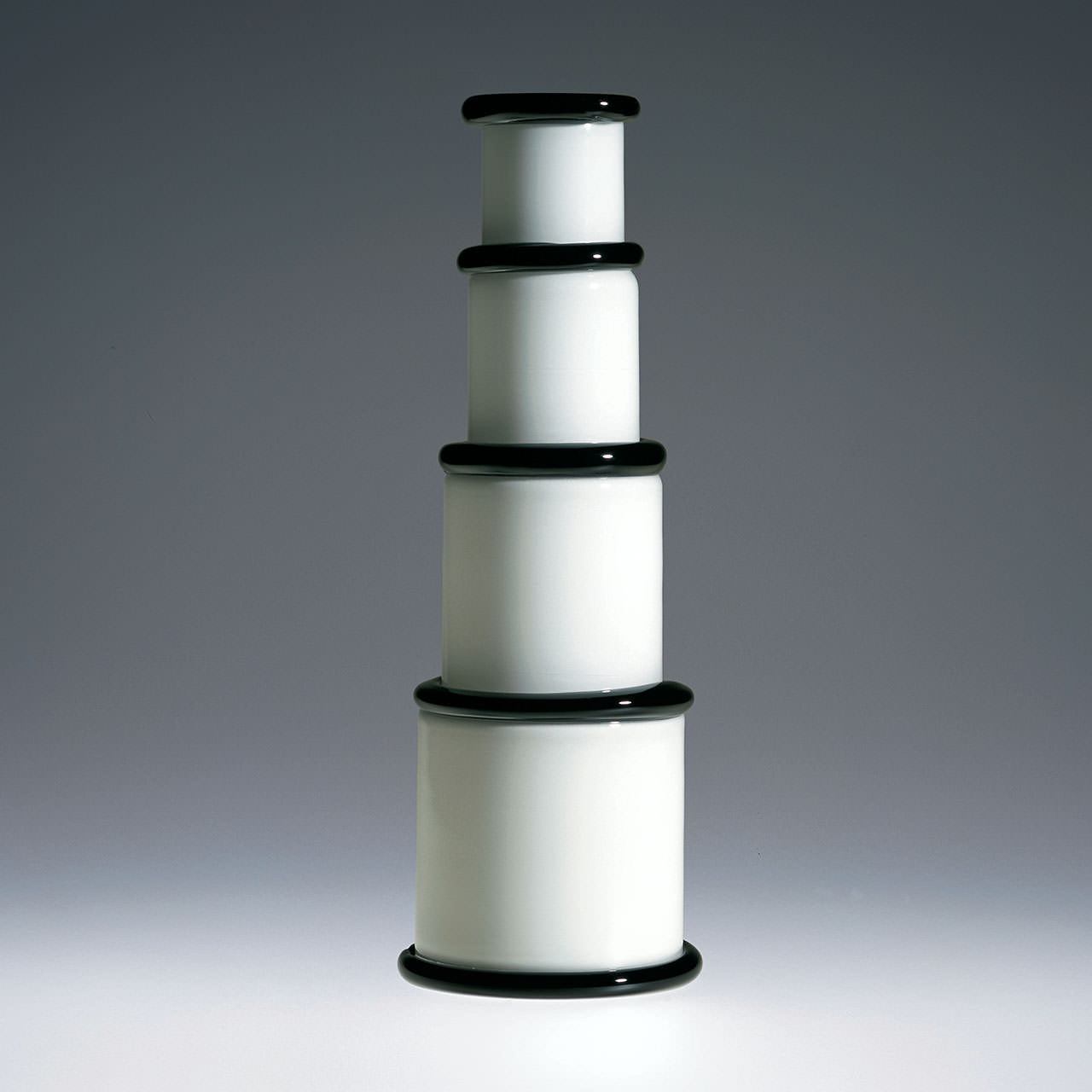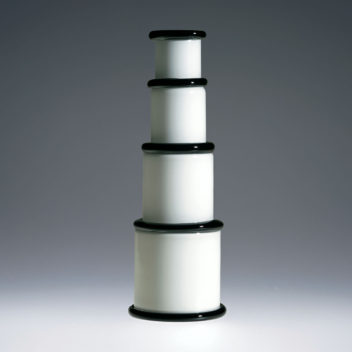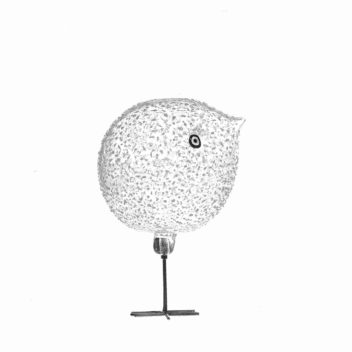
Ettore Sottsass 1917–2007
Born in Innsbruck, Austria, Ettore Sottsass graduated in architecture at the Turin Politecnico in 1939. In 1946 he settled in Milan and began to work in graphics and illustration. A few years later he opened his own studio. From 1949 to 1954 he designed and built several public housing projects in Turin. He was invited to participate in several editions of the Triennale. In 1958, he became a consultant for Poltronova and Olivetti, the company for which he designed the first Italian calculator, Elea 9003, which won him one of the four Compasso d’Oro awards (1959 edition) he collected during his twenty-year collaboration with the company. For Olivetti he designed office machines and typewriters such as Praxis, Tekne, and Valentine, objects whose design quality put them into the permanent collections of museums such as the Museum of Modern Art in New York and the Centre Pompidou in Paris. In 1981, he opened the Studio Sottsass Associati, working in the fields of architecture, graphics, and industrial design. Together with Marco Zanini, he founded the Memphis Group, which pursues its objective of creating a radical iconographical update in figurative language. For Memphis, Sottsass designed furniture, lamps, and accessories, including a series of multicolored glass pieces made of elements crafted by Toso Vetri d’Arte (1982-1986). His preceding experience with glass dated back to 1974, when he designed a series of objects for Vetreria Vistosi. His interest in glass led him to design several pieces for Venini in the ’90s and several limited series of works in glass for the Galleria Marina Barovier.


